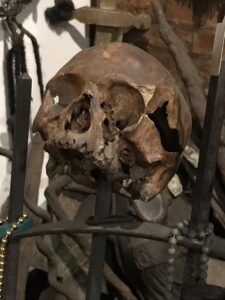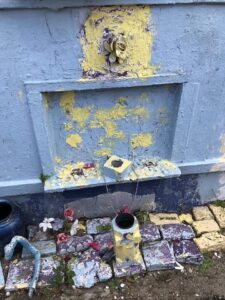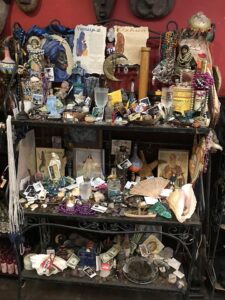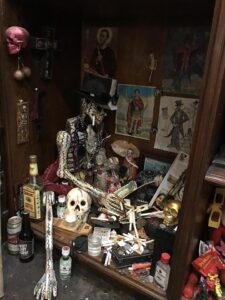In the mid-twentieth century Daphne du Maurier seemingly established Cornwall as a Gothic place through such celebrated novels as Rebecca and Jamaica Inn. Yet, having lived in and studied Cornwall, she was likely aware of a longer tradition of the representation of Cornwall as a frightening, haunted space. Indeed, a Gothic Cornwall emerged in the popular imagination a century earlier, with authors such as Arthur Conan Doyle, Bram Stoker, Thomas Hardy, Wilkie Collins and Mary Elizabeth Braddon writing Victorian Gothic tales set in the county.
This talk asks why Cornwall was such a fertile site for the Gothic imagination at this time, and why a Gothic Cornwall has been hitherto neglected as a topic of study. Cornwall is often pressed to the margins of literary and cultural histories, but throughout the nineteenth century was a locus for the popular imaginary and a microcosm for a host of Victorian anxieties. In the period Cornwall was undergoing radical seismic changes, with a failing mining industry, connection to the rail network, and the birth of coastal tourism, and these factors all contribute to the emergence of a distinct and particular flavour of the Gothic unique to the Duchy. We will explore Cornish ghosts, bodies aboard trains, creatures lurking in dark, dim mines, and reanimated mummies on Cornish shores, to name but a few of the terrifying tales set in the county.
Joan Passey Bio
Joan Passey is a lecturer in English at the University of Bristol. She completed her PhD on Victorian Gothic Cornwall in 2020 at the University of Exeter and her monograph, Cornish Gothic, is upcoming with University of Wales Press. She has released an anthology, Cornish Horrors: Tales of the Land’s End with the British Library’s Tales of the Weird series and has spoken on BBC Radio 3 about haunted shores and nineteenth-century Cornwall. She has additionally published on Ann Radcliffe, Wilkie Collins, and Shirley Jackson, and is co-founder of the Haunted Shores Network. Please feel free to contact her on [email protected], @JoanPassey or joanpassey.com




